What is a misaligned tooth, what are the misaligned teeth and can they be treated with invisible braces?
Invisible braces (aligners) are a painless, affordable and efficient option for correcting various tooth misalignments.
| Get 150 € discount on your dental correction! |

Book a consultation appointment now at a nearby DrSmile partner practice and find out if teeth straightening with aligners is right for you.
The appointment is completely non-binding and does not involve any costs.
With the code “THATSMILE150” you will receive 150 € discount on the treatment.
However, they cannot be used in all cases because the alignerallow only limited movement of the teeth.
Here you can find out about the various malocclusions and also find out whether treatment with invisible braces is possible in principle.

What exactly is meant by malocclusion?
If one or more teeth in the upper or lower jaw are not arranged correctly, this is called dental malocclusion (dentoalveolar dysgnathia). For example, the teeth do not grow out in the intended place, are crooked or twisted.
Misaligned teeth can cause various problems. One is aesthetic, as patients are confronted with their irregular teeth every time they look in the mirror.
In some cases, this can lead to insecurity and a cracked sense of self. Affected individuals avoid smiling openly or even put their hand over their mouth when interacting with others.
However, malocclusions can also have health disadvantages. Tilted incisors, for example, make biting off more difficult. Severely twisted teeth or teeth that are too crowded can make cleaning teeth or eating problematic.
In principle, pronounced tooth misalignments increase the risk of caries and periodontitis, because irregularly arranged teeth are often more difficult to care for with a toothbrush and dental floss.
Last but not least, they can also lead to speech disorders or speech defects such as lisping.
Our tip: We recommend that you have your teeth professionally cleaned twice a year. But especially if you suffer from malocclusions. Meanwhile, even some of the statutory health insurance companies cover this service in whole or in part.
What is jaw misalignment?
Jaw malpositioning (skeletal dysgnathia) is always referred to when the shape of the upper or lower jaw is impaired (e.g. too narrow upper jaw) or the position of the upper and lower jaw in relation to each other is incorrect.
Just like misaligned teeth, misaligned jaws can cause serious health problems.
These include, for example, pain or premature wear of the temporomandibular joints. A malpositioned jaw can also lead to a visual impairment. For example, if the lower jaw is significantly smaller or larger than the upper jaw.
| Get 150 € discount on your dental correction! |

Book a consultation appointment now at a nearby DrSmile partner practice and find out if teeth straightening with aligners is right for you.
The appointment is completely non-binding and does not involve any costs.
With the code “THATSMILE150” you will receive 150 € discount on the treatment.
What are the types of malocclusions?
There are different types of misaligned teeth, which can have a greater or lesser impact on health and appearance.
We would like to give you an overview of the most common malocclusions. For a better comparison, we will first show you a normal bit here:
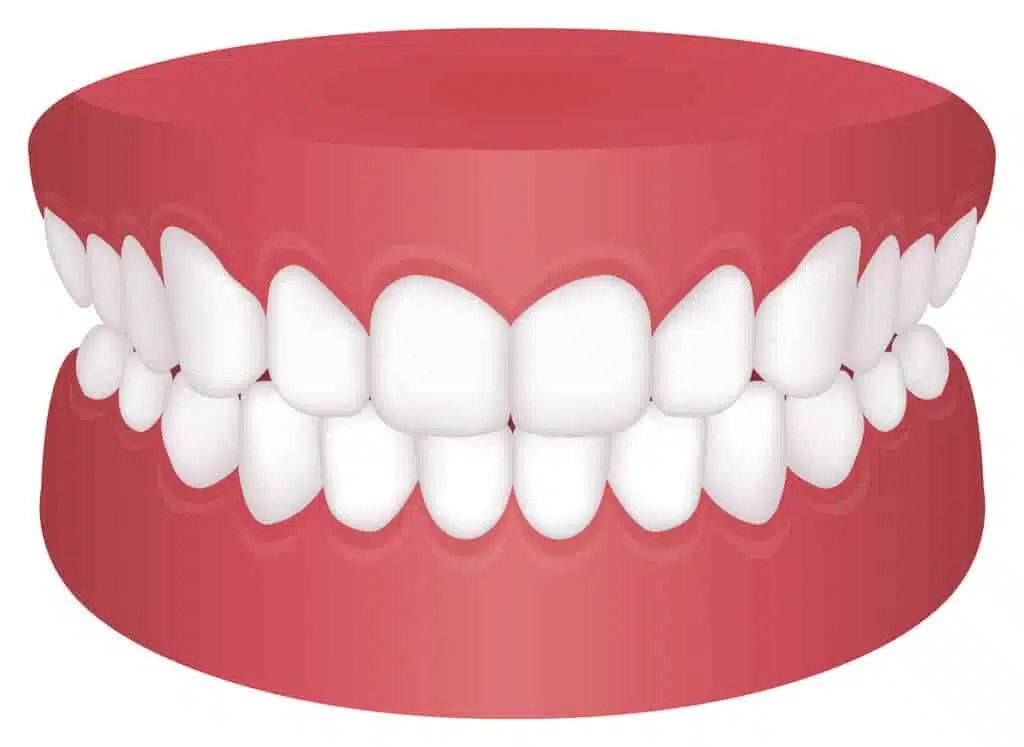
Tooth gap (diastema)
A tooth gap is defined as an excessively large space between the central incisors in the upper jaw. In rarer cases, tooth gaps also occur in the lower jaw.
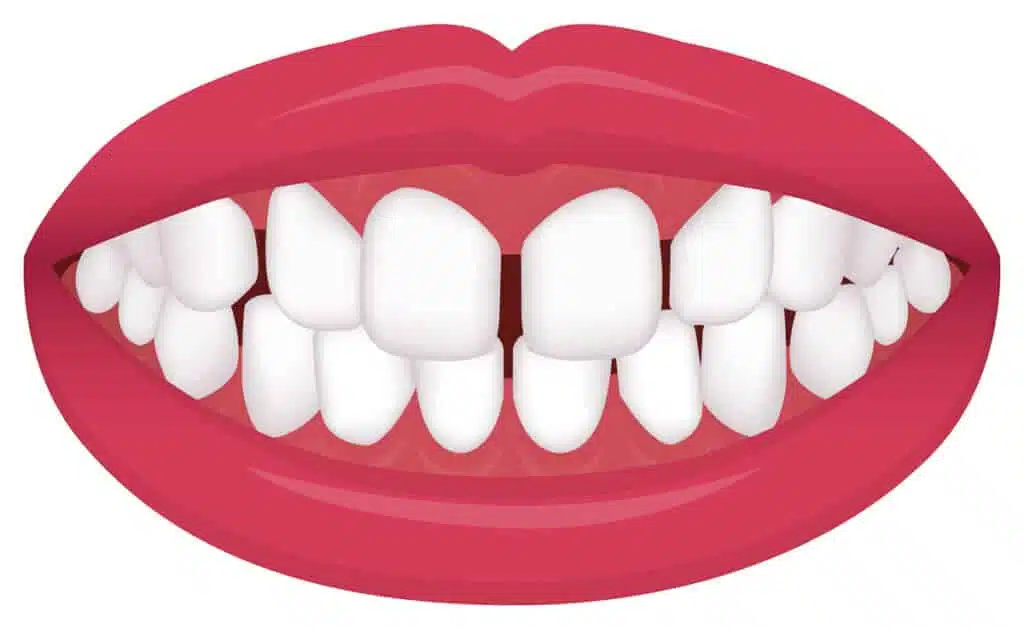
Overbite (Prognathism)
An overbite (prognathism) always occurs when the upper jaw is too large in relation to the lower jaw or the lower jaw is too small. The upper jaw is then positioned forward.
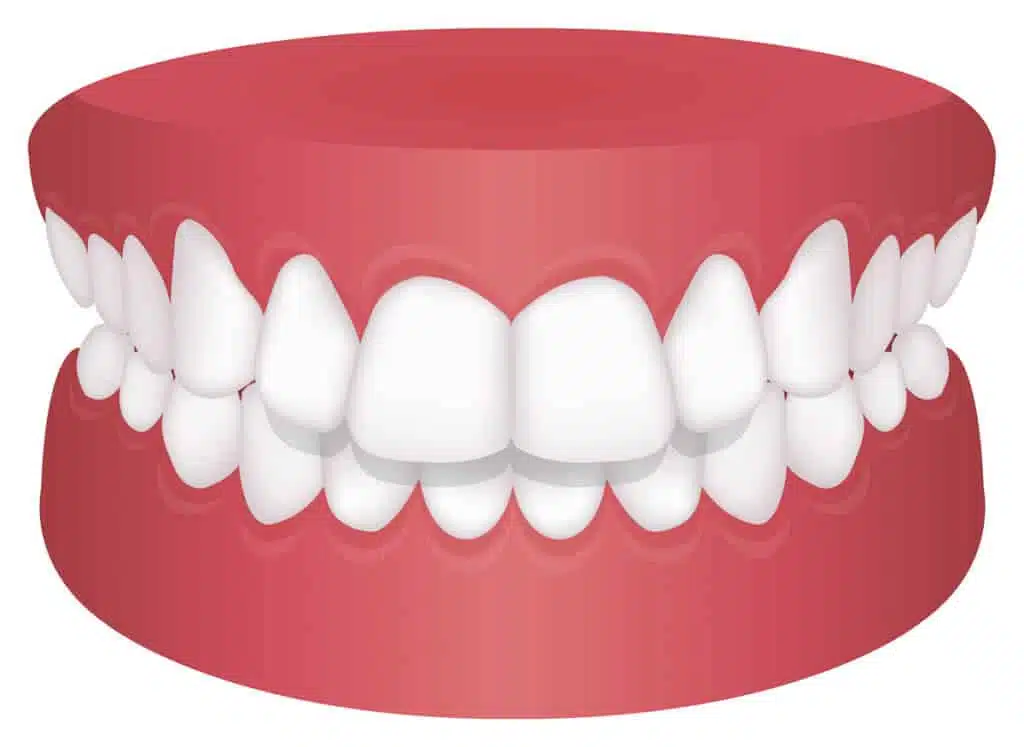
Deep bite and overbite
In a deep bite, the upper incisors extend too far down and cover the incisors in the lower jaw.
In the overbite, the upper incisors are additionally tilted inward.
Forebite / Underbite (Progeny)
The term “underbite” is used when the lower jaw is too long in relation to the upper jaw or the upper jaw is too small in relation to the lower jaw.
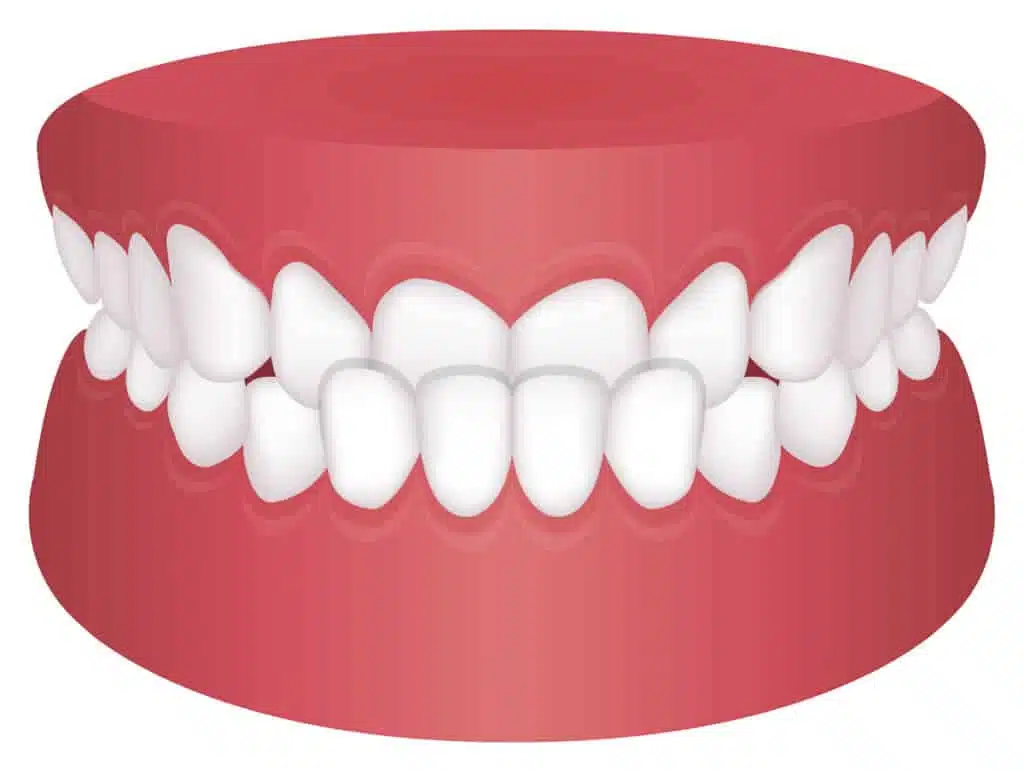
Narrow gap
Crowding occurs when the teeth do not have enough space in the jaw. This may be hereditary or due to tooth migration.

Crossbite
A crossbite always occurs when the cusps of the lower lateral teeth bite laterally past the cusps of the upper lateral teeth.
A distinction is made between a head bite, a unilateral cross bite and a bilateral cross bite.
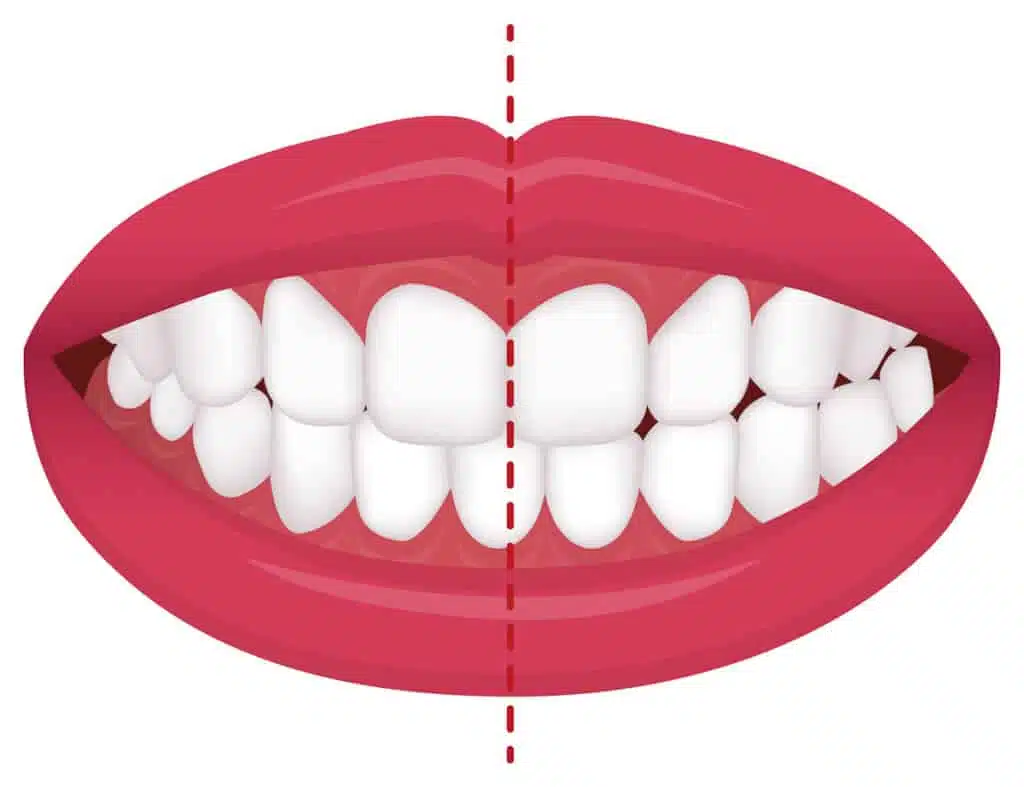
Displacement (retention)
Retained (restrained) teeth are teeth that do not erupt at a specific time. Retention or displacement is the term used when there is also a change in the location of the tooth germ in the bone.
Open bite
A gap between the upper and lower incisors that cannot be closed is called an open bite. Even if the canines and molars are firmly superimposed, the gap between the incisors remains.
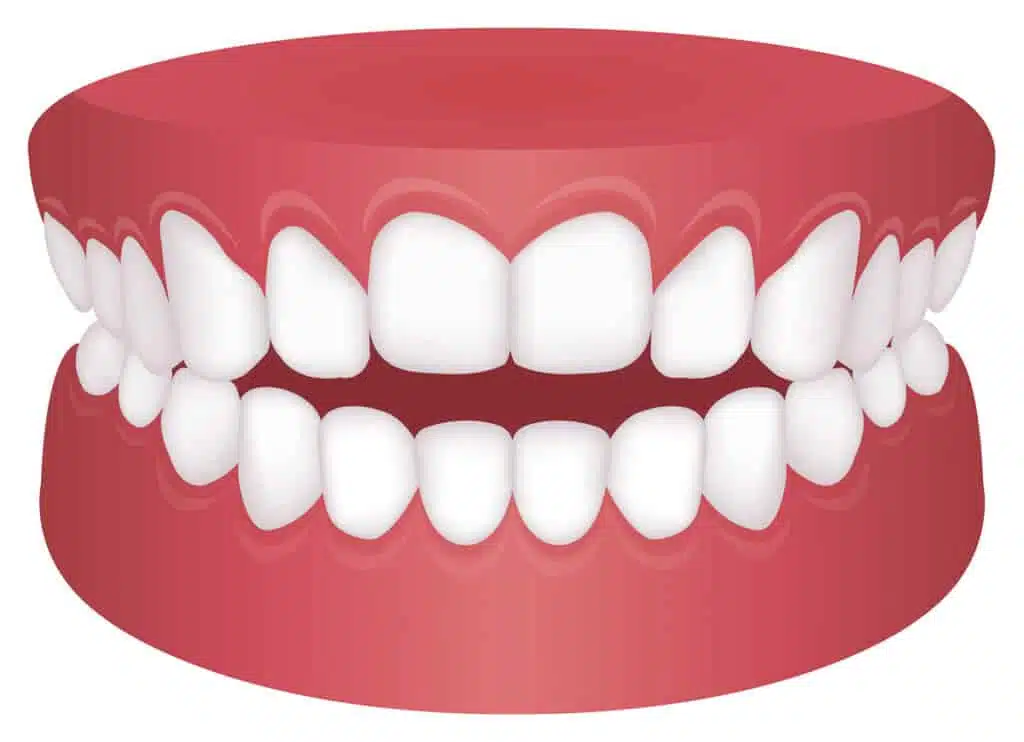
Missing teeth (aplasia)
In the case of non-formation of teeth (aplasia), permanent teeth do not come after the milk teeth because they are not present from birth. The milk teeth then remain in the denture longer than usual.
Excess number of teeth (hyperdontia)
An excess number of teeth is called hyperdontia. They may appear as twins, fusions, adhesions, or multiple or double structures.
Can malocclusions be treated with aligners?
Aligners exert gentle pressure on the teeth when worn. This gradually pushes them into the desired position.
In this way, the invisible braces are able to correct mild to moderate malocclusions.
These include gaps between teeth, for example. These can usually be closed if they are not too pronounced. Teeth that are too close together and other malocclusions can also be corrected in many cases.
These malocclusions can be corrected with invisible aligner
- Tooth gap (diastema)
- Narrow gap
- Crossbite
- Head bite
- Deep bite
- Open bite
However, the invisible braces can reach their limits if the malocclusions are severe.
Even in the case of severe jaw malocclusions, correction with aligners is usually not possible. The same applies to temporomandibular joint problems, bridges and implants.
In this case, treatment with fixed braces is inevitable. Because this can be used even more flexibly and exert more pressure.
When is jaw surgery necessary before treatment?
In the case of very complex tooth misalignments, such as a pronounced jaw misalignment (dysgnathia), jaw surgery may be necessary.
However, this is rather rare and is decided individually by the orthodontist. However, most malocclusions can be treated without surgery in adults.
| Get 150 € discount on your dental correction! |

Book a consultation appointment now at a nearby DrSmile partner practice and find out if teeth straightening with aligners is right for you.
The appointment is completely non-binding and does not involve any costs.
With the code “THATSMILE150” you will receive 150 € discount on the treatment.
FAQs on the subject of malocclusions
Are misaligned teeth bad?
Tooth misalignments are not bad in themselves and are also relatively common. They only require treatment when they interfere with chewing, speaking or breathing, or cause pain or wear to the teeth.
What problems can occur with misaligned teeth?
Tooth misalignments can not only be visually disturbing but also affect the health of the person concerned. For example, they can cause problems with chewing and biting, prevent thorough cleaning (possibly causing tartar and tooth decay), and cause speech problems or pain.
What does a correct tooth position look like?
Dentists and orthodontists define a correct tooth position as follows: The teeth of the upper jaw and those of the lower jaw mesh like a cogwheel. The upper anterior teeth bite about two to three millimeters above the lower ones. Also, the upper jaw is a little wider than the lower jaw.

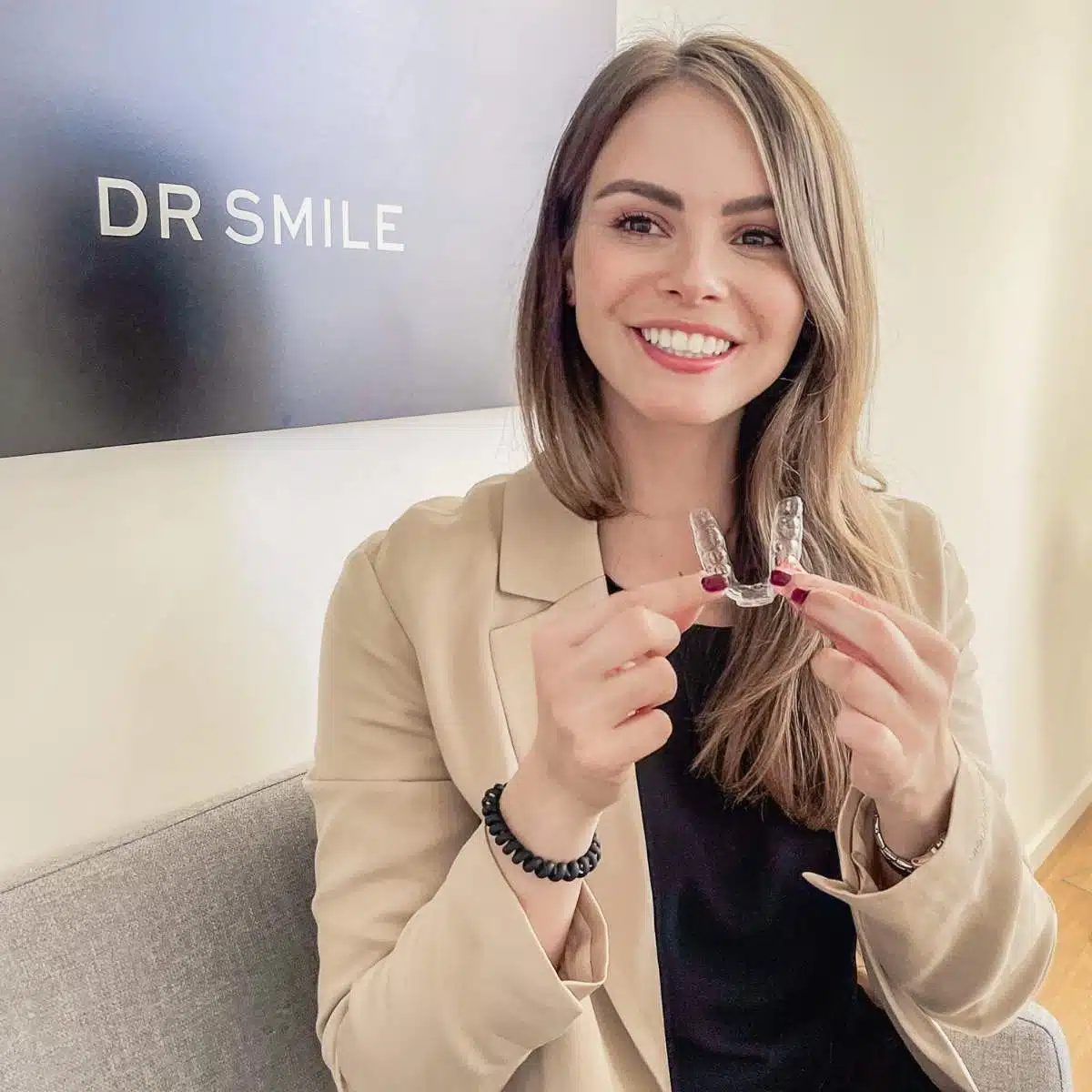
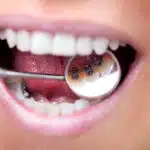

Leave a Reply